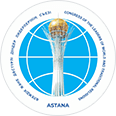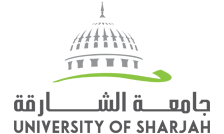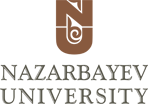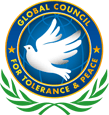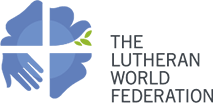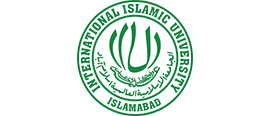Based in NPJSC «International center for Interfaith and Interreligious dialogue», the Museum of Peace and reconciliation operates, aimed at preserving the historical and cultural heritage of the people of Kazakhstan and the modern experience of interstate and inter-civilizational interaction.
The First President of Kazakhstan at the V Congress of Leaders of World and Traditional Religions on June 11, 2015 in Astana put forward the idea: “I propose to create in Astana in this building (the Palace of Peace and reconciliation) the Museum of Peace and reconciliation. This will be a good attitude towards our congresses, a generalization of the experience of consolidated decisions on the problems of human development, and will be important for strengthening peace and mutual understanding of peoples”.
The Museum of Peace and reconciliation was opened on October 10, 2018 as part of the VI Congress of Leaders of World and Traditional Religions.
The museum is located on the third floor in the building of the object “Palace of Peace and reconciliation”.
The uniqueness of this Museum is that its compositional solutions reflect the history of the formation and development of the values of a culture of peace and harmony, mutual understanding of people of different beliefs, cultures, civilizations on the territory of Kazakhstan from ancient times to the present day. The Museum of Peace and reconciliation is a museum of a new generation, it uses an innovative approach to the exposition and exhibition space with the introduction of new technologies.
Social tasks:
- reveal the value and significance of monuments of culture and art, thematically related to the history of dialogue between cultures and confessions;
- provide society with full access to the nationwide historical and cultural heritage;
- raise the level of information culture of the Kazakh society about events in the field of cultural history and museology;
- inculcate the best traditions of museum culture.
Structural tasks:
- to create a single harmonious composition of documentary materials and monuments of national heritage;
- complete, systematize, provide scientific study, use and popularize the historical and cultural heritage of the Kazakh society;
- to introduce innovative expositional technologies into museum practice that meet the needs of modern society;
- ensure the competitiveness of the Museum in the field of cultural leisure.
Information tasks:
- demonstrate the features of the museum collection - the diversity of collections and museum relics;
- reflect the topics: “Kazakhstan - the territory of peace and harmony”; “The Great Steppe - Crossroads of cultures and religious”; “The Assembly of the people of Kazakhstan is a symbol of unity and harmony”; “Interreligious Dialogue: Congress of Leaders of World and Traditional Religions”; “Leaders of modern global spiritual diplomacy”;
- develop international cultural and humanitarian cooperation with foreign countries.
The exposition of four halls and the Atrium consist of separate exposition complexes (parts) - thematically related, spatially and artistically organized groups of museum objects, scientific and auxiliary material, texts and exposition museum equipment.
The concept of the exposition is built based on a culturological approach, which includes the principles of mixing traditional and new museum technologies. The basis of the creation of the exposition is the collection method. This is one of the oldest traditional museum presentation methods and is most suitable for achieving the goals and objectives of the exhibition. It ensures the continuity of traditions, reveals the authenticity of the museum collection as a repository of a variety of unique and typical collections. The collection method of display opens up wide opportunities for including multimedia components in the exposition, which are necessary for the development of interactive interaction with the modern visitor.
In modern museology, a museum exposition is perceived as an integral harmonious ensemble created based on original exhibits. The exposition is formed as a subject-spatial and emotional-figurative environment in the unity of the plot-conceptual and visual series.
The exhibition uses two opposing design approaches - the artistic functional style and the scientific functional style, which, combined into a common composition, create the dynamics of the exposition solution.
The exposition proposes the active use of modern multimedia technologies and the latest designs of display equipment:
- electronic multimedia complexes, which are electronic kiosks with touch control and a plasma panel, which displays the information requested by the visitor;
- the possibility of broadcasting a multi-screen 3D multimedia tour of historical sites according to the theme of the Museum;
- equipping showcases and demonstration stands with “pockets” for placing additional information in the form of advertising, reference texts, various documents.
- use of multimedia “book of reviews and suggestions”.

